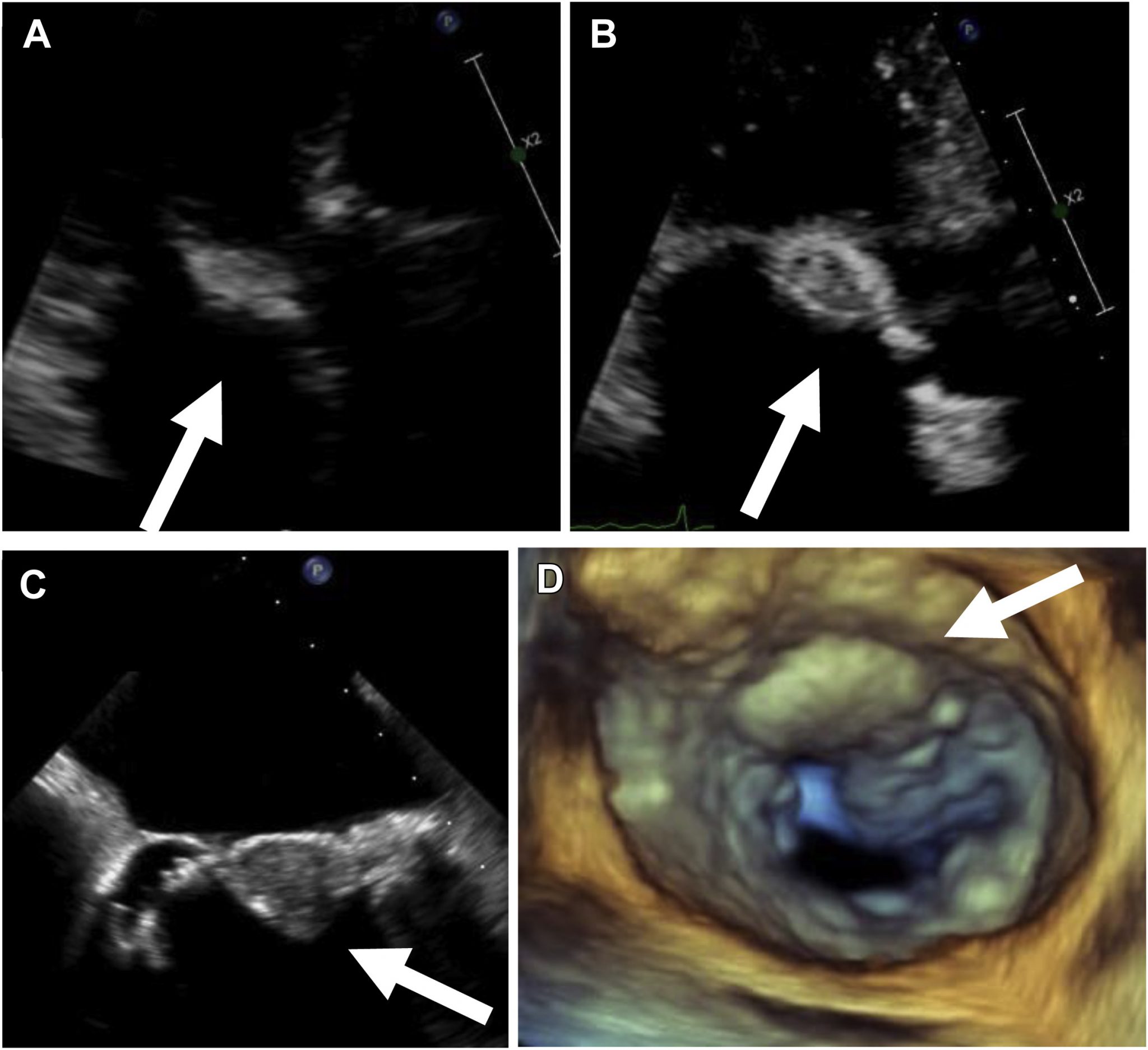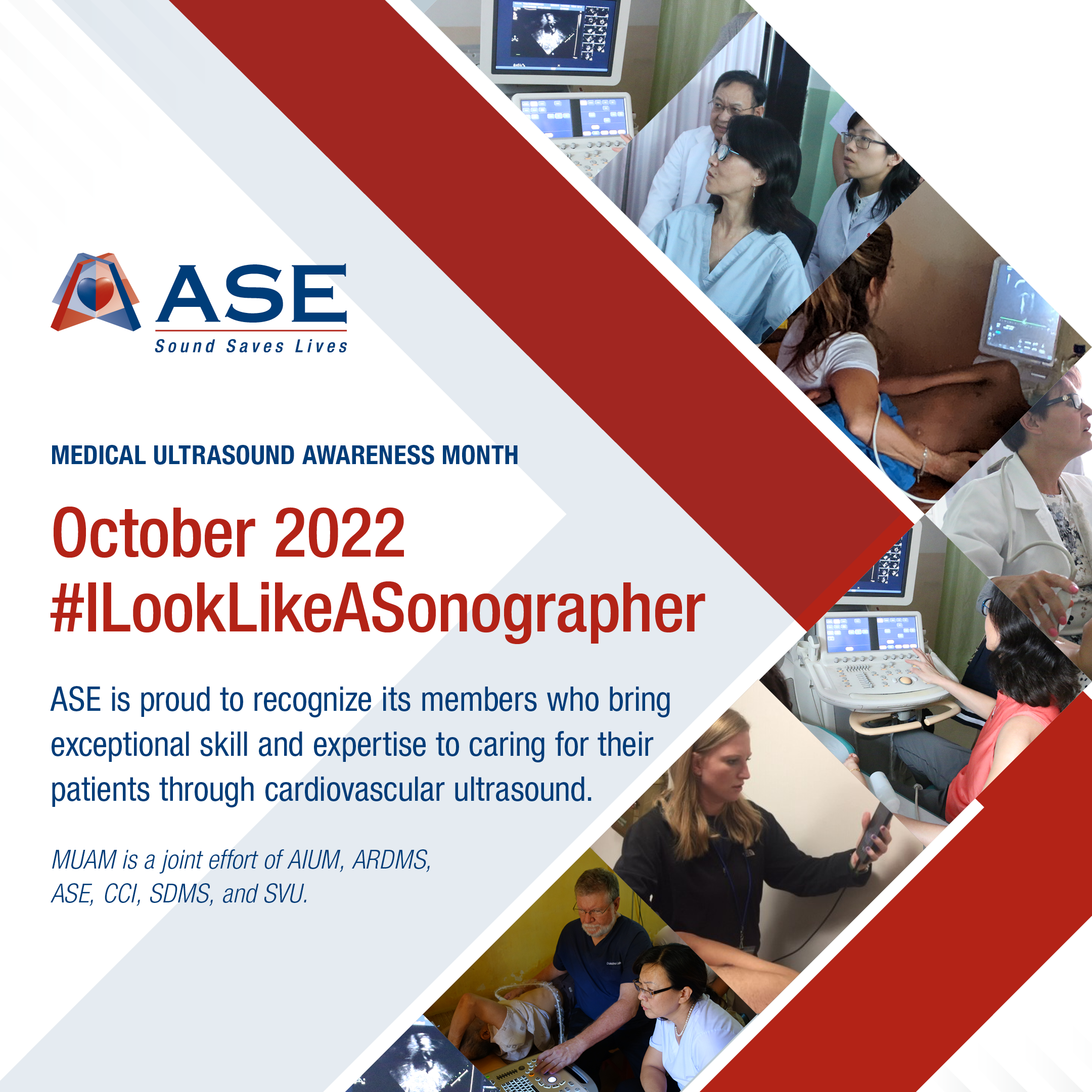Register for the upcoming course, Advanced Imaging Techniques: A Virtual Experience! The course will take place on December 3-4 and focus on practical how-to techniques of advanced 3D and Strain imaging. Improved software packages have resulted in increasing clinical application of these techniques, with 3D and Strain included as part of the routine echocardiographic examination.
This course will be presented in two, roughly three-hour sessions on Saturday, December 3, and Sunday, December 4. Day one will focus on advanced strain imaging and day two will focus on advanced 3D imaging.
Registration costs $199 USD for ASE members and $250 for nonmembers. The deadline to register is Thursday, December 1, 2022, 11:59 PM ET.
The American Society of Echocardiography designates this live course for a maximum of 6 AMA PRA Category 1 Credits™. Physicians should claim only the credit commensurate with the extent of their participation in the activity.









